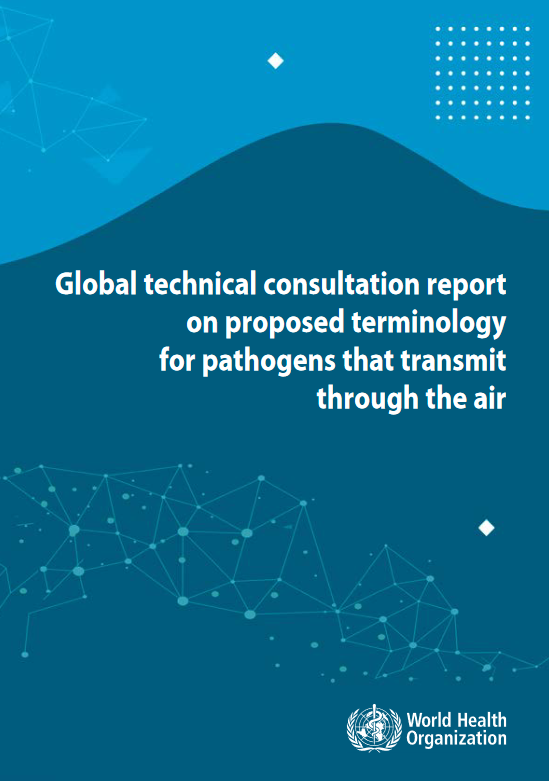WHO agrees definition of airborne
22 April 2024
Source: [Global Health Now]

For the first time
The WHO and ~500 experts have reached a consensus about what it means for a disease to spread “through the air”—following years of bitter disagreements over technical questions and confusing public health conundrums, explains STAT.
Up until now, the WHO reserved the term “airborne” for select pathogens—like those that cause measles and tuberculosis—that are capable of floating through the air and infecting people across long distances.
Most respiratory pathogens were categorized as spreading via “droplet transmission.”
Consequences
As COVID-19 first emerged in 2020, health agencies were reluctant to use the term “airborne” due to its technical definition, explains CIDRAP.
That led to confusion about how the virus spread—and critical delays in adopting masks and air filtration to prevent transmission.
Updated terms
In a new report, the WHO concludes that the term "through the air" can be used for infectious diseases where the main type of transmission involves "infectious respiratory particles" becoming airborne—regardless of droplet size or distance traveled.
The umbrella term now applies to COVID—but also influenza, MERS-CoV, and SARS.
Implications
The update will likely lead to significant changes around public health messaging—and could reset standards for prevention measures at health facilities, including the use of respirators or air filters.
